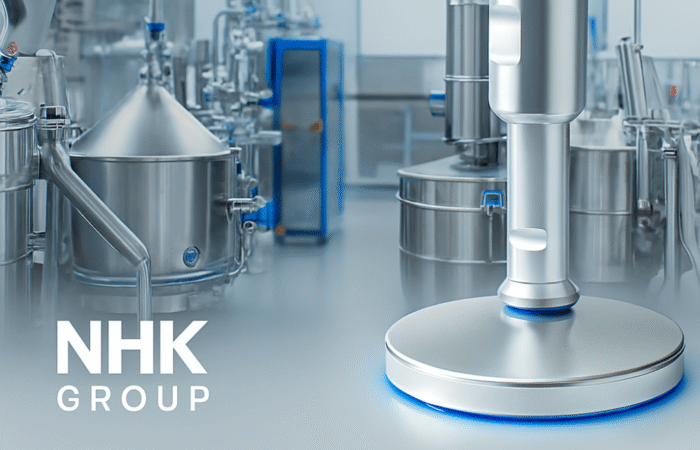
Easy Access and Serviceability in Sanitary Industries
In sanitary industries such as food processing, pharmaceuticals, and biotechnology, maintaining impeccable hygiene and operational efficiency is paramount. These sectors rely heavily on machinery and equipment that not only meet stringent hygiene standards but are also designed for easy access and serviceability. This approach enhances cleanliness, reduces downtime, and ensures compliance with industry regulations. Sanitary industries operate in environments where cleanliness and contamination control are non-negotiable. Equipment design plays a pivotal role in achieving these goals. Poorly designed machinery with inaccessible parts and complex maintenance requirements can lead to: By prioritizing easy access and serviceability, businesses can mitigate these challenges and foster a more productive environment. Designing equipment for easy access and serviceability offers several advantages for sanitary industries: Machines with smooth, accessible surfaces and minimal crevices allow for thorough cleaning, reducing the risk of contamination. Components designed to be easily disassembled promote effective sanitation. Quick access to components means maintenance tasks can be performed efficiently, minimizing production halts. Tools like quick-release mechanisms or modular designs further speed up servicing. Sanitary industries are heavily regulated. Equipment that meets design criteria for easy access simplifies compliance with standards set by organizations like the FDA, EHEDG, and 3-A. Streamlined maintenance reduces the need for frequent interventions, cutting labor costs and extending equipment lifespan. To maximize the benefits, equipment for sanitary industries should incorporate the following design principles: All critical components, such as bearings, seals, and motor assemblies, should be easy to access without disassembling the entire machine. Where possible, incorporate designs that allow maintenance tasks to be performed without specialized tools. For example, hygienic stainless steel leveling feet with adjustable heights simplify adjustments during inspections or cleanings. Using modular parts allows quick replacements and reduces the complexity of maintenance. This is especially useful in high-pressure environments where uptime is critical. Integrating CIP systems reduces the need for dismantling machinery, streamlining cleaning processes and ensuring consistent sanitation. While easy access and serviceability are beneficial across all industries, they are particularly crucial for: Cleanliness is a legal requirement, and quick servicing prevents contamination. Equipment like hygienic conveyors and IP67-rated bearing units ensures compliance and efficiency. Contamination in pharmaceutical environments can be life-threatening. Equipment designed for easy cleaning and maintenance ensures consistent production of safe products. Biotech processes require precision and cleanliness. Accessible and serviceable equipment ensures seamless operations and adherence to strict regulations. From milk processing to cheese production, easy access to machinery supports rigorous cleaning and frequent maintenance, critical in this sector. Certified components, such as IP67 waterproof bearings and hygienic machine leveling feet, are essential in supporting easy access and serviceability. These components: As technology advances, the emphasis on easy access and serviceability in sanitary industries will only grow. Key trends to watch include: In sanitary industries, designing for easy access and serviceability is not just a convenience—it is a necessity. This approach ensures equipment meets stringent hygiene standards, minimizes downtime, and supports regulatory compliance. By investing in machinery designed with these principles, businesses can enhance operational efficiency, reduce costs, and maintain a competitive edge in their respective markets.The Importance of Designing for Easy Access and Serviceability in Sanitary Industries
Easy Access and Serviceability: A Game-Changer in Sanitary Industries
Download our catalogue here
See our components which ensures Easy Access and Serviceability
Why Design Matters in Sanitary Environments
Benefits of Easy Access Design
Enhanced Hygiene Standards
Reduced Downtime
Improved Compliance
Cost Efficiency
Design Principles for Easy Access and Serviceability
Accessibility
Tool-Free Maintenance
Modular Components
Clean-In-Place (CIP) Capability
Industries That Benefit Most
Food and Beverage Processing
Pharmaceutical Manufacturing
Biotechnology
Dairy Industry
The Role of Certified Components in Sanitary Design
Future Trends in Sanitary Equipment Design
Easy Access and Serviceability: A Game-Changer in Sanitary Industries


Contact













